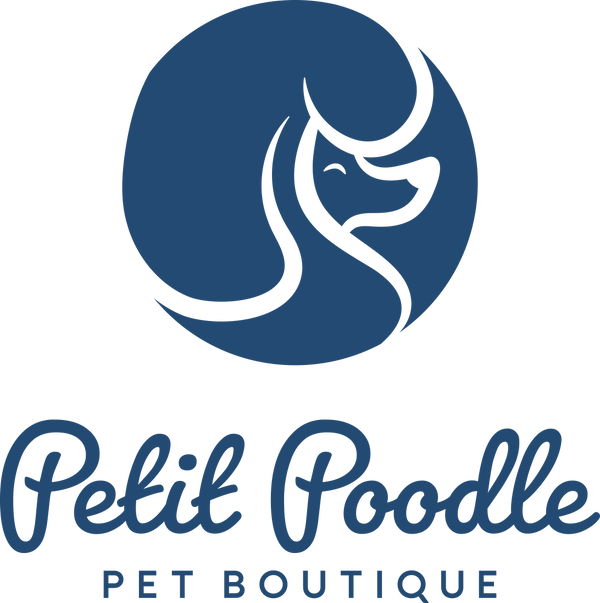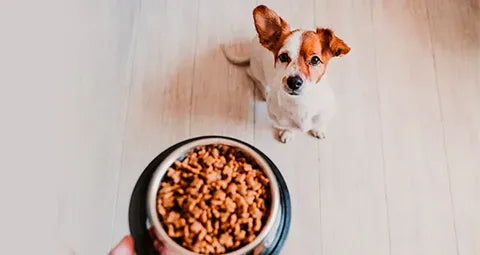As pet parents, we all want the best for our dogs — and that starts with what goes in their bowl. With so many dog food brands on the market, it can be tough to know what’s truly healthy and what’s just good marketing.
One of the best things you can do for your furry friend is read the ingredient label and know what to avoid. In this guide, we’ll break down the top 5 ingredients to avoid in dog food, and explain how they could affect your pup’s health.
1. Meat By-Products
You may see labels like “chicken by-product meal” or “meat by-products.” While it might sound like real meat, it’s not.
What it really is:
By-products are the leftover parts of animals after the good meat is removed — like organs, beaks, bones, or feet. These parts are often considered low quality and less nutritious.
Why avoid it:
- Poor source of protein
- Harder to digest
- Can vary in quality between batches
Look for: Whole, named meats like “chicken,” “beef,” or “salmon” as the first ingredient.
2. Artificial Preservatives (BHA, BHT, Ethoxyquin)
Preservatives are used to keep dog food fresh, but not all preservatives are safe.
What they are:
- BHA (Butylated Hydroxyanisole)
- BHT (Butylated Hydroxytoluene)
- Ethoxyquin
These are synthetic chemicals commonly used in cheap pet foods.
Why avoid them:
- Linked to cancer and other long-term health issues in lab animals
- Banned or restricted in some countries
-
May trigger allergies or sensitivities
Look for: Natural preservatives like mixed tocopherols (Vitamin E), rosemary extract, or ascorbic acid (Vitamin C).
3. Corn, Wheat, and Soy
Grains are often used as cheap fillers in dog food — and these three are the most common offenders.
Why they’re used:
- Inexpensive source of calories
- Makes the kibble hold its shape
Why avoid them:
- Low nutritional value for dogs
- Common allergens
- Can lead to digestive issues, itchy skin, and ear infections
Note: Not all grains are bad. Some dogs do well with brown rice or oatmeal, which are easier to digest and more nutritious.
4. Artificial Colors and Flavors
Your dog doesn’t care what color their food is — but companies often add dyes to make the kibble look more appealing to humans.
Examples to avoid:
- Red 40
- Yellow 5
- Blue 2
- “Artificial flavor” on the label
Why avoid them:
- No nutritional benefit
- Linked to hyperactivity and allergies
- May be harmful in large or long-term exposure
Look for: Foods with natural flavors and no added coloring. Real meat and vegetables provide plenty of taste!
5. Rendered Fat
Rendered fat might show up on labels as “animal fat” or “poultry fat,” without specifying the source.
Why it's a concern:
- Can come from low-quality sources (including dead or diseased animals)
- Linked to mold and bacterial contamination if improperly stored
- Often sprayed on kibble to enhance smell, not nutrition
Look for: Named, high-quality fats like chicken fat, salmon oil, or flaxseed oil, which are rich in healthy omega-3s.
Want the Best for Your Pup?
At Petit Poodle, we care about what goes into your dog — just as much as we care about how they look and feel. Whether you're looking for health tips, grooming help, or product recommendations for your Poodle or doodle mix, we’re here for you.
Visit PetitPoodle.com for more pet wellness guides and expert care advice tailored to your fluffy friend.

